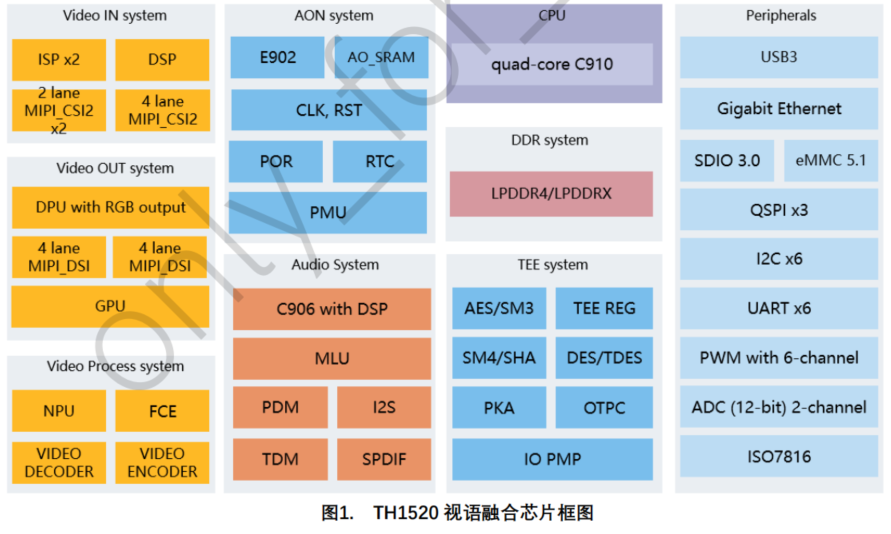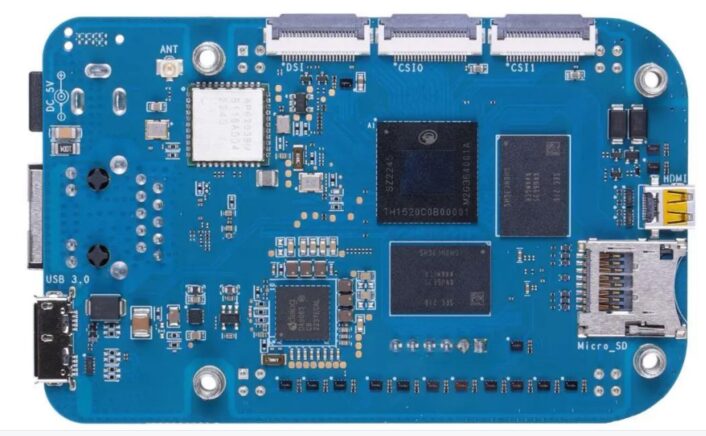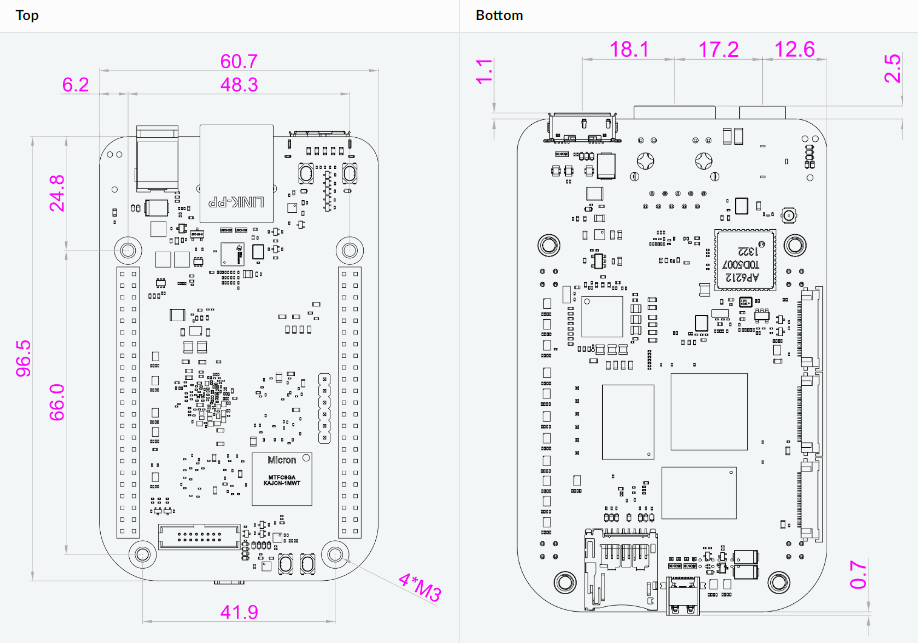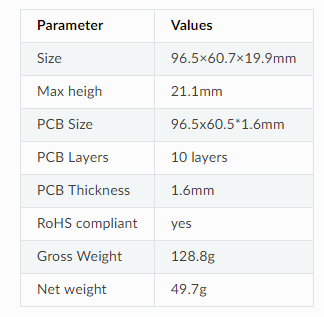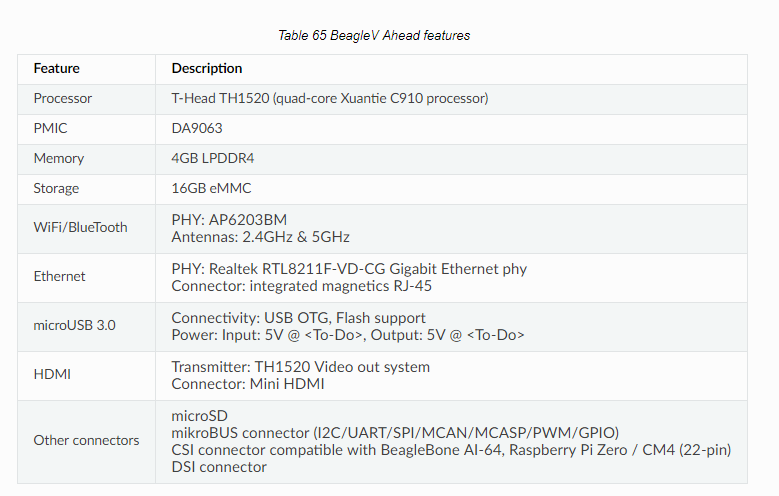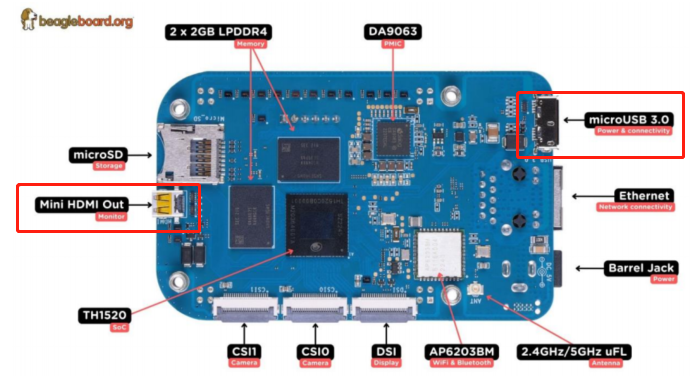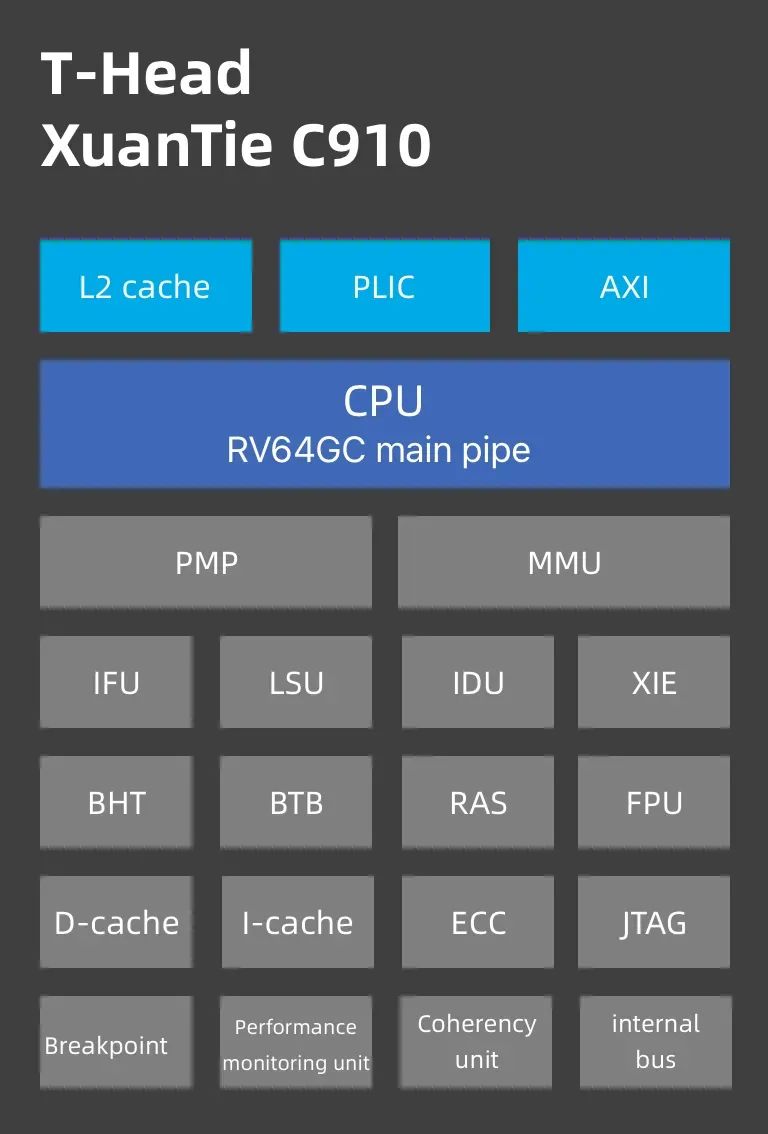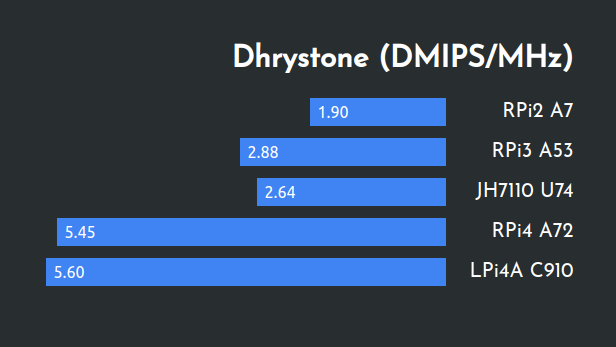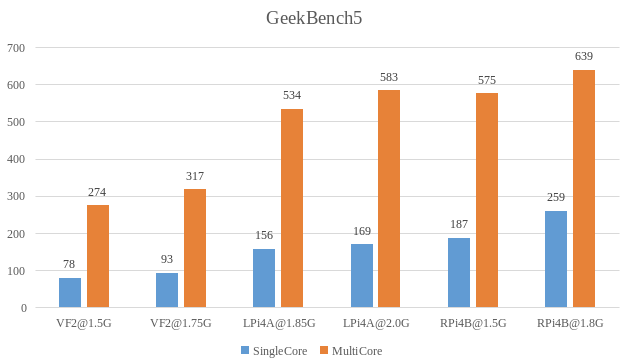Source | Zhihu – Lan Baoyu
Organization & Formatting | Embedded Application Research Institute
Who is Pingtouge?
Pingtouge is actually the chip business segment under Alibaba – Pingtouge Semiconductor. To develop chips, Alibaba acquired the original Hangzhou Zhongtian Micro and, after a series of integrations and developments, became today’s Pingtouge chip business.
The term “Pingtouge” originally referred to the honey badger on the African grasslands, known for having a “flat head” and being particularly tough, daring to take on lions, tigers, cobras, and hedgehogs, resulting in many interesting videos shared online. Thus, netizens humorously dubbed it “Pingtouge”. Jack Ma specifically named Alibaba’s chip business “Pingtouge” to symbolize “not fearing death, ready to fight if dissatisfied,” hoping this business could bravely break through technological barriers without fearing powerful adversaries. Naming business lines after animals is also a consistent naming convention at Alibaba, such as Tmall, Cainiao, Feizhu, Xianyu, Hema, etc.

Currently, major internet companies like BBAT (ByteDance, Baidu, Alibaba, Tencent) all have their own chip businesses. However, ByteDance’s RISC-V server chip is still in its infancy; Baidu’s Kunlun chip is more noise than substance; Tencent’s chip business is as elusive as its name “Penglai” – often shrouded in rumors of layoffs and dissolution. In contrast, Alibaba’s chip business is much more stable.
Alibaba’s chip business is mainly divided into two parts: one is the Arm server business – Pingtouge uses the Arm architecture for CPU design and self-develops Arm server chips. It is reported that they already have server chips available, and you can rent Pingtouge’s self-developed Arm chip [Yitian 710] servers from Alibaba Cloud’s official website, complete with detailed migration tutorials to help enterprises migrate their servers from X86 architecture to Arm architecture. A friend of mine tried moving his blog to an Arm server, and it is currently running stably.
The other part is the RISC-V business, which is currently receiving a lot of attention in the tech community.
Pingtouge’s RISC-V business primarily operates on an IP licensing model, similar to previous Arm models, earning license fees through CPU soft IP licensing. However, as a new CPU architecture, many IP design manufacturers still have concerns about its commercial feasibility, prompting Pingtouge to consider developing a chip to alleviate partners’ concerns. This led to the creation of the TH1520 chip mentioned in the question.
The TH1520 is a SoC chip designed by Pingtouge using self-developed IP. The chip features a self-developed RISC-V architecture C910 CPU, with 4 cores and a main frequency that can reach 1.85GHz (actually can be overclocked to 2GHz), integrating various modules such as GPU, NPU, audio and video interfaces, control interfaces, etc., making it a highly functional SoC. Moreover, this is not just a test chip; according to Pingtouge representatives, it has completed mass production and is genuinely available for bulk purchase.
Image: Pingtouge TH1520 chip block diagram, quad-core C910 RISC-V CPU
Thus, the TH1520 can be understood as a “reference design” and a “successful mass production case” for the C910 core.
Based on the “successful mass production case” of this chip, Pingtouge collaborated with BleagleBoard to create a development board based on the TH1520 chip, which can be seen as a “reference design” and a “successful mass production case” for this chip.
BleagleBoard is an established maker hardware design and manufacturing company, well-known in the overseas electronics maker community, second only to Raspberry Pi and Arduino.
Bleagle literally means beagle, and the community logo is also a beagle. This resonates with Pingtouge, as both companies are named after animals.
BleagleBoard previously gained significant recognition overseas, primarily using TI chips. In recent years, they have also targeted the domestic market, actively collaborating with domestic chip manufacturers, as the domestic electronics supply chain is highly advantageous, making PCB assembly in the Pearl River Delta very convenient and cost-effective. In recent years, domestic chips have also become cheaper and of better quality.
Moreover, BleagleBoard is particularly optimistic about the RISC-V architecture. Back in 2021, they planned to collaborate with Sifang to create a RISC-V development board, but the project was shelved due to chip issues.
I have had some interactions with BleagleBoard. They are a group of honest, tech-savvy foreigners who dislike engaging in pre-sales or flashy marketing tactics. Therefore, their boards are only released once they ensure stable mass production of the chips and development boards, with adequate stock. They previously had a fallout with their last partner due to unstable chip supply, where they were pressured to launch pre-sales before the boards were even produced. This indirectly proves that the TH1520 is indeed in stable mass production.
Stable mass production of a chip is a crucial milestone for manufacturers and is an important indicator to differentiate manufacturers from those merely creating PowerPoint presentations.
Back to this development board
This board is very similar to the Raspberry Pi 4B, with comparable performance. The specifications of the C910 are indeed aimed at matching the performance of the ARM A7X CPU.
The difference is that the board has a larger rounded corner radius, resembling a surfboard. This is also a consistent design style for BleagleBoard, making it easier to fit into more rounded structural components.
Image: BeagleV Ahead development board front view, main control is Pingtouge TH1520 chip
Image: BeagleV Ahead development board dimensions and pinout diagram
Image: BeagleV Ahead development board dimensions specifications
Aside from the Pingtouge TH1520 main control, the board also includes 2 pieces of 2GB LPDDR4, totaling 4GB of memory. This memory can smoothly run mainstream Linux distributions. Additionally, it features 16GB eMMC, WiFi/Bluetooth is AP6203BM, and the Ethernet chip is RTL8211F, with microUSB 3.0 and SD card slots, allowing for nearly unlimited expansion. Various interfaces like I2C/UART/SPI/MCAN/MCASP/PWM/GPIO are fully equipped.
Image: BeagleV Ahead development board performance specifications
One downside is that it uses a Mini HDMI port, while domestically, the larger HDMI is more common, making it easy to plug into any monitor or TV. Additionally, the USB 3.0 uses a type of microUSB 3.0 that is not commonly seen domestically. I specifically bought two adapter cables from a certain online store for this.
Image: BeagleV Ahead development board interface diagram
For more information, please refer to the official introduction:
https://beaglev-ahead.beagleboard.io/docs/latest/boards/beaglev/ahead/01-introduction.html#beaglev-ahead-introduction
As mentioned earlier, this board is aimed at the Raspberry Pi 4B, and the C910 is designed to match the performance of ARM A7X.
The XuanTie C910 is a 64-bit super high-performance processor compatible with the RISC-V architecture, based on the RV64GC instruction set, implementing XuanTie instruction extension (XIE) technology. The C910 uses an advanced 12-stage out-of-order superscalar pipeline, achieving higher frequency, IPC, and power efficiency. The C910 supports hardware data consistency, with each cluster containing 1 to 4 cores. The C910 supports AXI4 master interfaces and device consistency interfaces. The C910 uses the Sv39 virtual address system, paired with XuanTie Memory Attribute Extension (XMAE) technology. Additionally, the C910 includes standard CLINT and PLIC interrupt controllers, supporting RV-compatible debugging interfaces and performance monitoring units.
Image: Pingtouge C910 RISC-V CPU block diagram
The official performance parameters are Dhrystone 5.8 DMIPS/MHz(O2) and CoreMark 7.0 CoreMark/MHz(O3).
Image: Pingtouge C910 RISC-V CPU benchmark parameters (data provided by Pingtouge)
I’ve also obtained some third-party test data:
Image: Comparison of benchmark parameters between Pingtouge TH1520 development board and Raspberry Pi and other development boards
Image: Comparison of GeekBench5 benchmark parameters between Pingtouge TH1520 development board and Raspberry Pi and other development boards
The data shows that the TH1520 board’s performance surpasses that of Raspberry Pi 2, Raspberry Pi 3, and several other RISC-V boards, and is comparable to that of Raspberry Pi 4. Moreover, the TH1520 can actually be overclocked to 2.0GHz. A quad-core 2GHz main frequency is quite impressive, covering nearly all application scenarios except for high-performance computing, making it a solid alternative to Raspberry Pi 4B.
In terms of system applications, the official supported systems are Debian, Android, and OpenWrt, which are suitable for PC (desktop systems), mobile devices (phones), and embedded devices (routers), respectively, covering the three major application scenarios for AP-level chips.
Additionally, numerous third-party system vendors provide support, including openEuler, DeepinOS, OpenKylin, Armbian, Fedora, Ubuntu, NixOS, Gentoo, Slarm64, etc., providing extensive playability.
I am still experimenting with various applications, looking forward to more possibilities!


